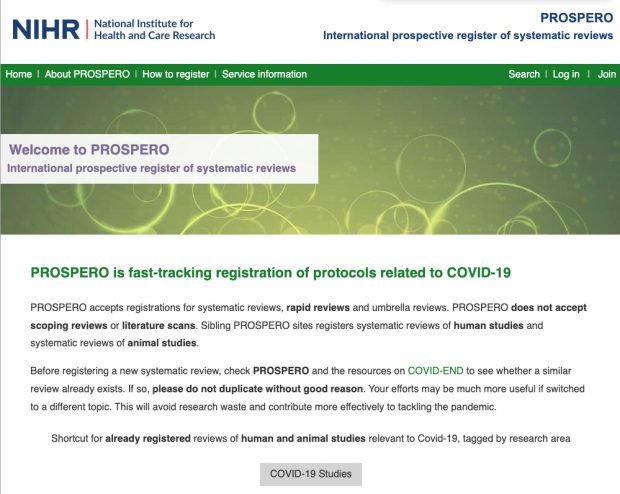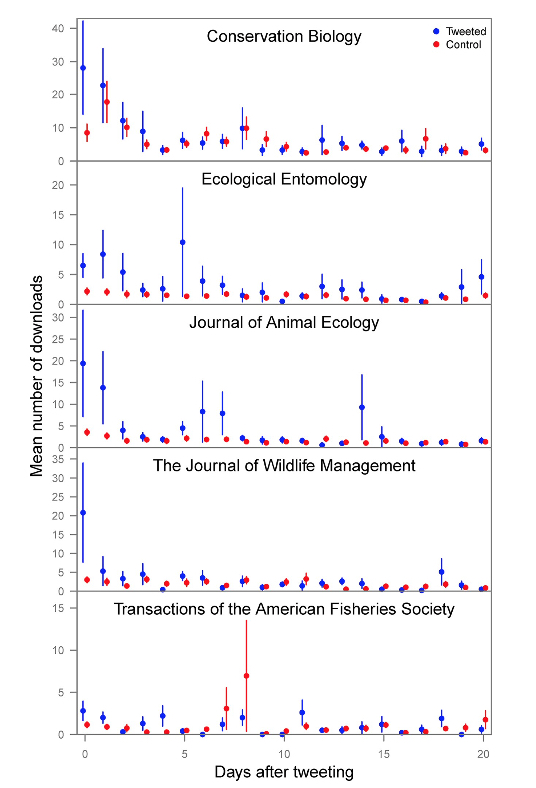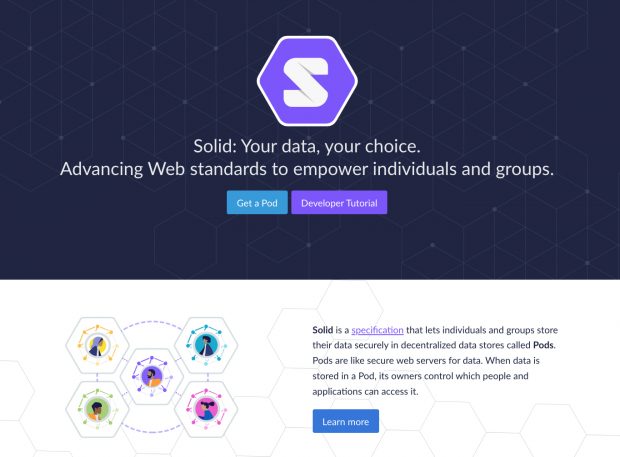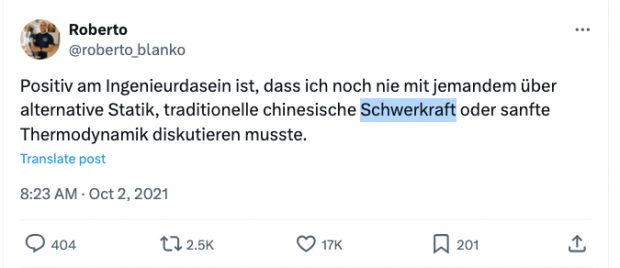Gefunden auf Deutschlandfunk Kultur:
“Wie Sprachassistenten das Denken manipulieren” ist zwar mit Meinung überschrieben, dabei geht es um Fakten …
Die KI-Forscher erklären es damit, dass GPT-3 zum Ende der Trump-Administration trainiert worden war, als eine harte Haltung gegen die Einwanderung von Flüchtlingen den Diskurs in den USA bestimmte. Diese Einstellung war dann auch in den Trainingsdaten der KI vorherrschend…Die KI-Forscher nennen es den „Geist in der Maschine“ und attestierten diesem einen amerikanischen Akzent. Hausgeist mag die bessere Metapher sein. Denn mehr noch als eine Maschine ist GPT ein Haus, wenn man, so wie der deutsche Philosoph Martin Heidegger, Sprache als „Haus des Seins“ versteht. Sprache ist das Medium, das uns mit der Welt verbindet und zugleich die Art dieser Verbindung prägt. Sie ist kein neutrales Werkzeug, sie ist ein Denkrahmen. Sprache schafft Wirklichkeit, nicht nur in der Dichtung.
Hausgeist kenne ich nicht dafür aber Denkschule, Tradition, Denkrichtung, Doktrin oder Geisteshaltung. Und meine Meinung – ziemlich bedenklich alles.



